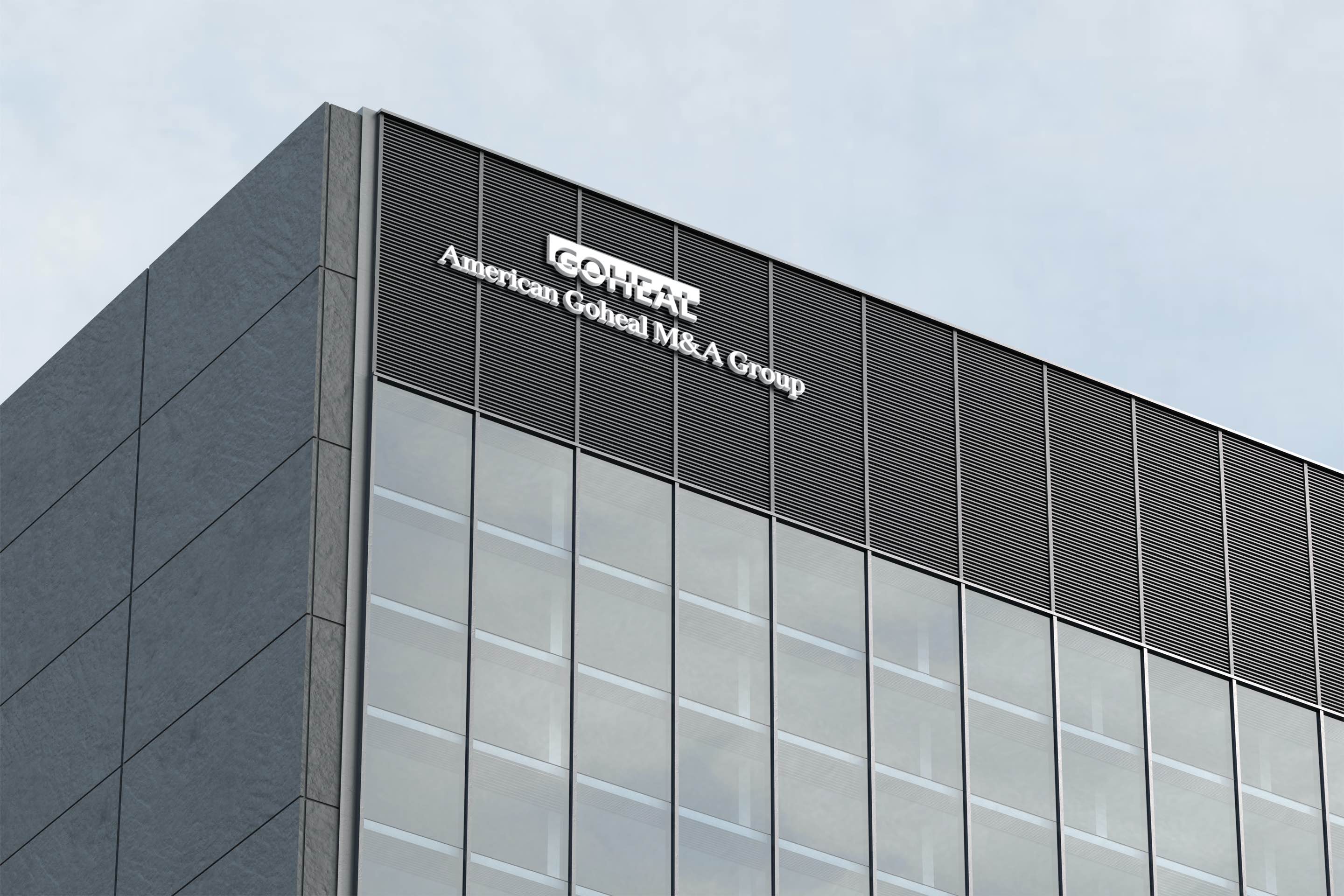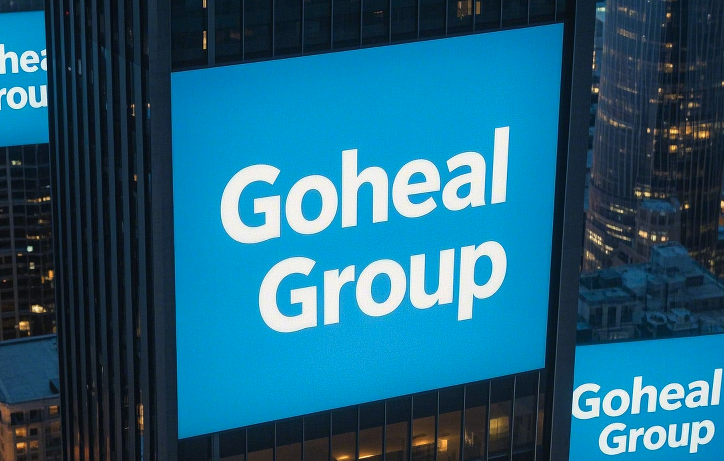"The wind rises from the tip of the green duckweed, and the waves form between the ripples." The capital market has never lacked storms, and the acquisition of listed companies' control rights is more like a sudden hurricane, which may bring growth dividends or plunge the market into turmoil. When a company changes hands, investors are most concerned about whether the company can develop steadily in the future? Can the management operate efficiently? Will the stock price fluctuate violently? In these uncertainties, how to stabilize market confidence has become the primary challenge that the new management must face. Goheal has been deeply involved in the global M&A market and witnessed countless market games after the acquisition of control rights. He also knows how a sophisticated crisis public relations can influence the fate of a company.
"Frightened bird" in the capital market: Why is confidence shaken?
Market confidence is an intangible but extremely valuable asset. If you are not careful, it may collapse quickly like a domino. The acquisition of control rights is often accompanied by management changes, adjustments to business strategies, and even layoffs and restructuring. These changes will cause investors' concerns. Coupled with the instigation of public opinion, if it is not handled properly, the company's stock price will plummet, shareholders will collectively vote with their feet, partners' confidence will be damaged, and it may even evolve into a corporate reputation crisis.

American Goheal M&A Group
Looking back at history, many M&A cases have experienced a market confidence crisis during the integration stage. In 2016, Japan's SoftBank spent $32 billion to acquire British chip giant ARM. The market initially sang pessimism. Investors were worried about the difficulty of post-merger integration and whether ARM's independence could be maintained, which led to stock price fluctuations. Goheal's analysis found that this trust crisis is not an isolated case, but a common market reaction during the change of control. The key to the problem is not the short-term fluctuations in the market, but how companies can respond accurately and stabilize investor expectations.
The art of crisis public relations: How to win the battle to defend trust?
After the acquisition of control, the new management often needs to send a stable signal to the market in the shortest time to avoid the "market frightened bird" effect. In this process, the strategy of crisis public relations is crucial. The following methods can help companies quickly stabilize the situation:
1. Transparent communication, information warfare first
The capital market is most afraid of uncertainty, and investors are even more afraid of "black box operations." Therefore, successful crisis public relations is never about hiding, but about winning trust through active communication. The new management needs to hold a press conference and investor briefing as soon as possible to clearly explain the strategic planning, management structure, and business direction after the acquisition, and make clear responses to the issues that the market is most concerned about. For example, if there are market rumors that there will be large-scale layoffs after the merger, the company should clarify it as soon as possible and give a specific personnel placement plan to avoid panic selling.
Goheal's research found that in successful mergers and acquisitions, companies that dare to communicate actively can usually stabilize market sentiment in a short period of time. For example, when Disney acquired Fox, the management quickly disclosed the integration plan to the outside world, appeasing the market's concerns about brand dilution and content conflicts, and ultimately allowing the transaction to transition smoothly.
2. Retain the core team and stabilize the basic market
The market's uneasiness often comes from uncertainty about the future, especially changes in the core team of the company. If the new management adopts a "full blood" strategy, it will often exacerbate market panic. On the contrary, appropriately retaining the original management team, or even allowing some key figures to continue to participate in operations, can enhance market trust.
Take LVMH's acquisition of Tiffany in 2019 as an example. Despite the change in brand ownership, LVMH chose to retain Tiffany's core design team and give it greater creative freedom. Such a move not only reassures the original brand fans and shareholders, but also makes the market optimistic about the long-term value of the acquisition. Goheal reminded the acquirer that after the acquisition, establishing a healthy communication with the original management team to ensure a smooth handover is the key to stable market confidence.
3. Performance commitment, let the data speak
The fundamental source of investor confidence is whether the fundamentals of the company are sound. Therefore, after taking over the company, the acquirer needs to give clear performance goals as soon as possible and disclose financial status to the market regularly. Let the market see the growth potential through data, which is more convincing than any empty promise.
For example, when Tesla acquired SolarCity, the market once doubted the deal, believing that it might drag down Tesla's financial situation. However, Musk quickly announced the integration plan of SolarCity and drove the business to profitability in a short period of time, which quickly reversed market sentiment. This is a typical case of data-driven confidence.
4. Psychological tactics in the capital market: timely buyback
Sometimes, words and promises alone are not enough. What can really restore market confidence is real actions. Buying back stocks is one of the common strategies. When a company's stock price is undervalued due to market panic, the new management can consider using stock buybacks to convey management's confidence in the company's future to the market.
For example, when Alibaba encountered market fluctuations, management announced buyback plans many times to stabilize investor sentiment. Similarly, Goheal believes that for companies whose stock prices have fallen in the short term due to changes in control, timely buybacks can not only stabilize market sentiment, but also create value for long-term shareholders.
Confidence management after mergers and acquisitions: a protracted war
The stabilization of market confidence is not achieved overnight, but a long-term game. From the moment the acquisition of control is completed, the new management needs to continue to pay attention to investor sentiment and adjust public relations strategies in a timely manner. Companies that quickly establish trust, stabilize operations, and deliver on their promises after the acquisition are often able to gain a foothold in the capital market and create greater value in the future.
Today, global M&A transactions are still active, and market fluctuations after the acquisition of control rights are also common. In your opinion, which crisis public relations strategy is the most effective in the current economic environment? What classic acquisition cases are worth learning from? Welcome to leave a message in the comment area to discuss, let's explore the trust code of the capital market together!

Goheal Group
[About Goheal] Goheal is a leading investment holding company focusing on global M&A holdings. It is deeply engaged in the three core business areas of listed company control acquisition, listed company M&A and restructuring, and listed company capital operation. With its deep professional strength and rich experience, it provides enterprises with full life cycle services from M&A to restructuring to capital operation, aiming to maximize corporate value and achieve long-term benefit growth.